Home>Construction & Tools>Building Materials>How Long Does Painted Brick Last
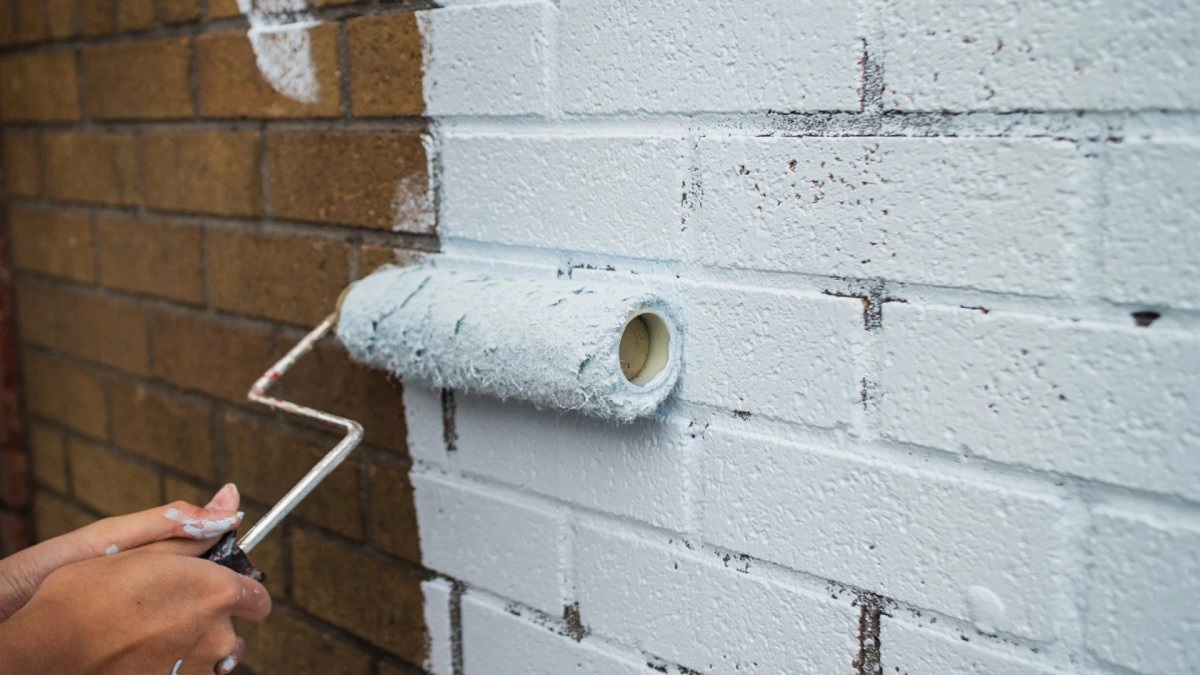

Building Materials
How Long Does Painted Brick Last
Published: January 21, 2024
Discover the longevity of painted brick as a building material. Learn how durable painted brick can be and its expected lifespan. Explore the pros and cons of using painted brick for your construction projects.
(Many of the links in this article redirect to a specific reviewed product. Your purchase of these products through affiliate links helps to generate commission for Storables.com, at no extra cost. Learn more)
Introduction
Painted brick has become a popular choice for homeowners and builders seeking to enhance the aesthetic appeal of their properties. The allure of painted brick lies in its ability to transform the appearance of a structure, adding character and charm. However, the longevity of painted brick is a common concern for those considering this option. How long does painted brick last? This question is pivotal in making informed decisions about home design and maintenance.
In this article, we will delve into the factors that influence the lifespan of painted brick, proper maintenance and care practices, and the signs of deterioration to watch out for. By understanding these aspects, homeowners and professionals can make informed choices and ensure the longevity of painted brick structures. Let's embark on this exploration to uncover the secrets of preserving the beauty and durability of painted brick.
Key Takeaways:
- The lifespan of painted brick depends on quality, climate, maintenance, and structural integrity. Proper care and attention can extend its beauty and durability for years to come.
- Regular cleaning, inspections, and addressing signs of deterioration are crucial for preserving the charm of painted brick. With proactive maintenance, its timeless elegance can endure for generations.
Read more: How Long Does Painted Vinyl Siding Last
Factors Affecting the Lifespan of Painted Brick
Several factors play a crucial role in determining the lifespan of painted brick. Understanding these elements is essential for homeowners and builders seeking to maximize the longevity of their painted brick structures.
- Quality of Materials: The quality of the paint and the underlying brick significantly impacts the durability of the painted surface. High-quality, weather-resistant paint and well-maintained brickwork can contribute to a longer lifespan.
- Climate and Environmental Conditions: The climate and environmental factors, such as exposure to sunlight, moisture, and temperature fluctuations, can affect the painted brick’s longevity. Harsh weather conditions, including heavy rainfall, snow, and extreme heat, may accelerate wear and tear.
- Preparation and Application: Proper surface preparation and meticulous application of paint are critical for ensuring the longevity of painted brick. Inadequate preparation or application techniques can lead to premature peeling, fading, or chipping.
- Maintenance Practices: Regular maintenance, including cleaning, inspections, and timely touch-ups, can significantly extend the lifespan of painted brick. Neglecting maintenance can leave the surface vulnerable to deterioration.
- Structural Integrity: The structural soundness of the underlying brickwork is fundamental to the longevity of painted brick. Cracks, water infiltration, or other structural issues can compromise the paint’s durability.
By considering these factors, homeowners and professionals can make informed decisions and implement strategies to enhance the longevity of painted brick structures. The interplay of these elements underscores the importance of proactive maintenance and thoughtful design considerations in preserving the beauty and resilience of painted brick.
Proper Maintenance and Care for Painted Brick
Maintaining the pristine appearance and structural integrity of painted brick involves a combination of proactive care and routine maintenance practices. By following these guidelines, homeowners can prolong the lifespan of their painted brick surfaces while preserving their visual appeal.
- Regular Cleaning: Periodic cleaning is essential to remove dirt, grime, and environmental pollutants that can accumulate on the painted surface. Use a gentle detergent and a soft brush or cloth to clean the brick, avoiding harsh abrasives that may damage the paint.
- Inspections and Touch-Ups: Conduct regular inspections to identify any signs of wear, peeling, or discoloration. Promptly address any areas requiring touch-ups to prevent further deterioration and maintain the protective barrier of the paint.
- Moisture Management: Address any sources of moisture intrusion, such as leaks or inadequate drainage, to prevent water from compromising the painted brick. Proper moisture management is crucial for preserving the paint’s adhesion and preventing structural damage.
- Trim Vegetation: Overhanging branches or dense foliage near painted brick surfaces can promote moisture retention and mold growth. Trimming vegetation and maintaining a clear perimeter around the brick can help mitigate potential moisture-related issues.
- Protective Coatings: Consider applying a clear protective sealant over the painted brick to enhance its resistance to moisture and UV exposure. This additional layer of protection can help prolong the lifespan of the paint and underlying brickwork.
- Professional Maintenance: Engage professional painters or contractors for comprehensive inspections and maintenance, especially for large or complex painted brick structures. Their expertise can ensure thorough assessments and effective remediation strategies.
By adhering to these maintenance practices, homeowners can safeguard the longevity and visual appeal of painted brick, preserving its charm and structural integrity for years to come. Proactive care and attention to detail are instrumental in maintaining the enduring beauty of painted brick surfaces.
Painted brick can last 15-20 years with proper maintenance. Regular cleaning and repainting can extend its lifespan. Keep an eye out for any signs of peeling or cracking paint to address them promptly.
Signs of Deterioration in Painted Brick
Recognizing the early indications of deterioration in painted brick is crucial for addressing potential issues before they escalate. By staying vigilant and identifying these warning signs, homeowners can take proactive measures to preserve the integrity and longevity of their painted brick surfaces.
- Peeling or Flaking Paint: The presence of peeling or flaking paint is a clear indication of adhesion failure, often caused by inadequate surface preparation or exposure to moisture. Addressing these areas promptly can prevent further deterioration.
- Discoloration and Fading: Noticeable discoloration or fading of the paint can signal UV damage and weathering. These changes may compromise the protective properties of the paint, requiring timely interventions to restore and protect the surface.
- Cracking and Blistering: Cracks or blisters in the painted brick surface can result from underlying structural issues, moisture infiltration, or temperature-related stress. Identifying and addressing these issues is essential to prevent extensive damage.
- Mold and Mildew Growth: The presence of mold or mildew on painted brick surfaces indicates excessive moisture retention, often exacerbated by poor ventilation or inadequate moisture management. Addressing the underlying moisture issues is crucial to prevent further deterioration and potential health concerns.
- Erosion and Weathering: Visible erosion, wear patterns, or weathering on the painted surface may indicate prolonged exposure to harsh environmental conditions. Implementing protective coatings or timely maintenance can mitigate further degradation.
- Structural Compromises: Any signs of structural issues, such as cracks in the underlying brickwork or mortar, can impact the stability and durability of the painted brick. Addressing these structural concerns is essential for preserving the integrity of the entire structure.
By remaining attentive to these signs of deterioration, homeowners can address underlying issues and implement targeted maintenance and remediation efforts to extend the lifespan of their painted brick surfaces. Early intervention and proactive maintenance are instrumental in sustaining the beauty and resilience of painted brick structures.
Conclusion
Painted brick, with its timeless appeal and versatility, offers a captivating aesthetic for residential and commercial properties. Understanding the factors influencing its lifespan, implementing proper maintenance practices, and recognizing signs of deterioration are paramount in preserving the enduring beauty and structural integrity of painted brick surfaces.
By considering the quality of materials, environmental influences, maintenance practices, and structural soundness, homeowners and professionals can make informed decisions to enhance the longevity of painted brick. Proactive care, regular inspections, and timely interventions are instrumental in mitigating potential issues and safeguarding the painted brick against premature deterioration.
As a testament to its enduring charm, painted brick can grace architectural facades, interior accent walls, and outdoor living spaces with timeless elegance. By embracing the art of preservation through attentive maintenance and strategic interventions, the allure of painted brick can withstand the test of time, enriching spaces with its character and visual appeal for generations to come.
In the journey of preserving the beauty and resilience of painted brick, a harmonious blend of conscientious care and thoughtful design considerations paves the way for a lasting legacy of enduring elegance and charm.
Frequently Asked Questions about How Long Does Painted Brick Last
Was this page helpful?
At Storables.com, we guarantee accurate and reliable information. Our content, validated by Expert Board Contributors, is crafted following stringent Editorial Policies. We're committed to providing you with well-researched, expert-backed insights for all your informational needs.
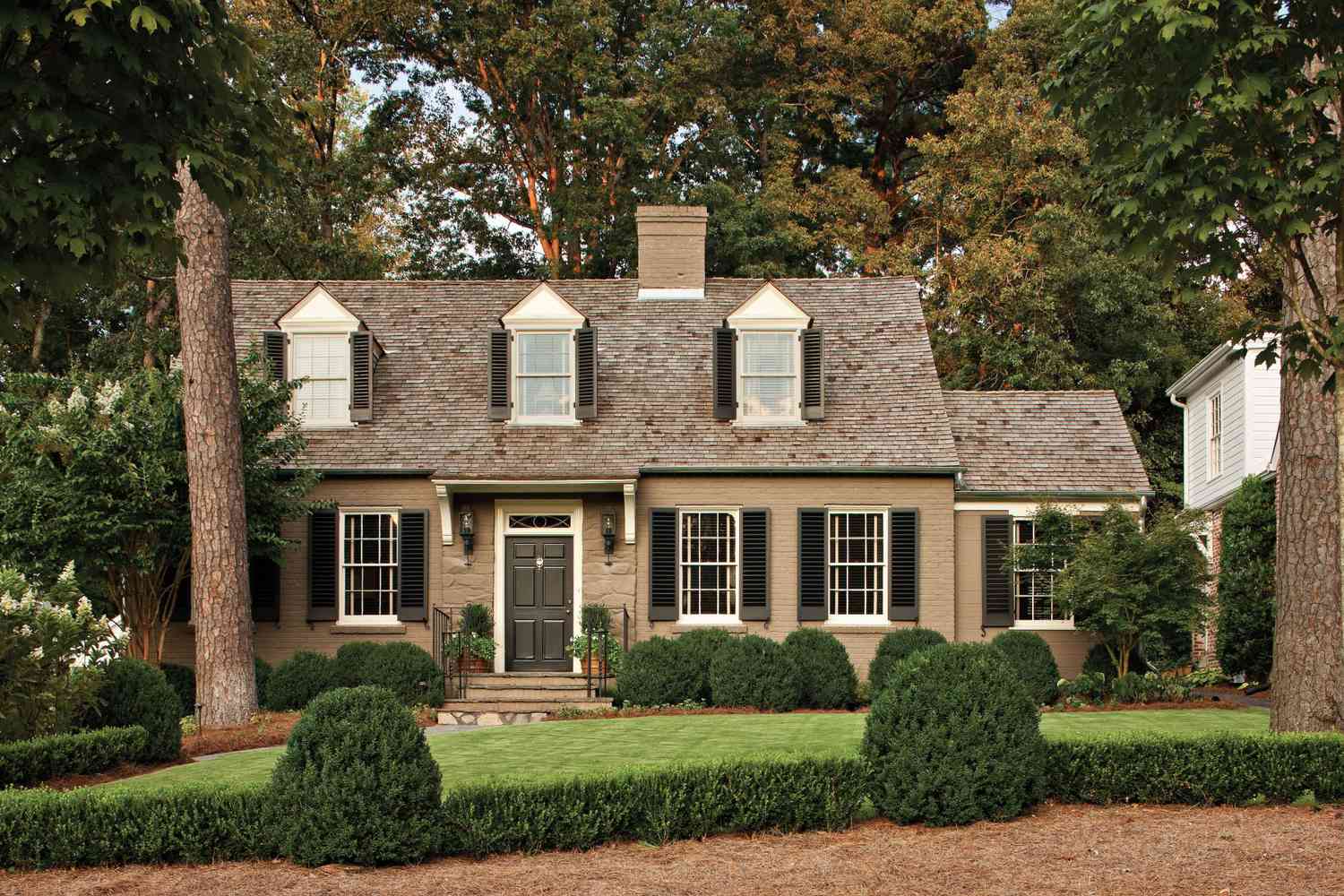
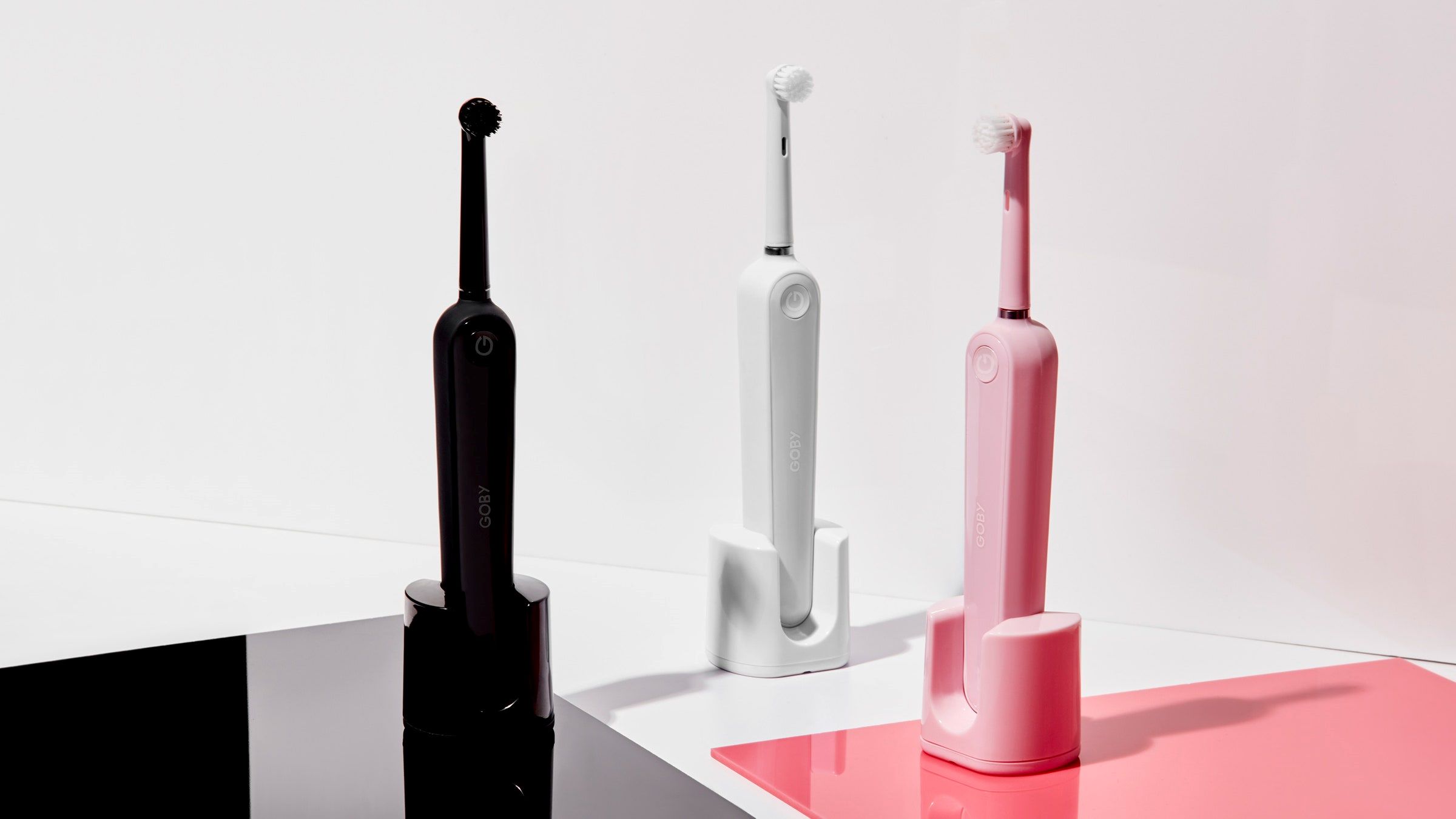
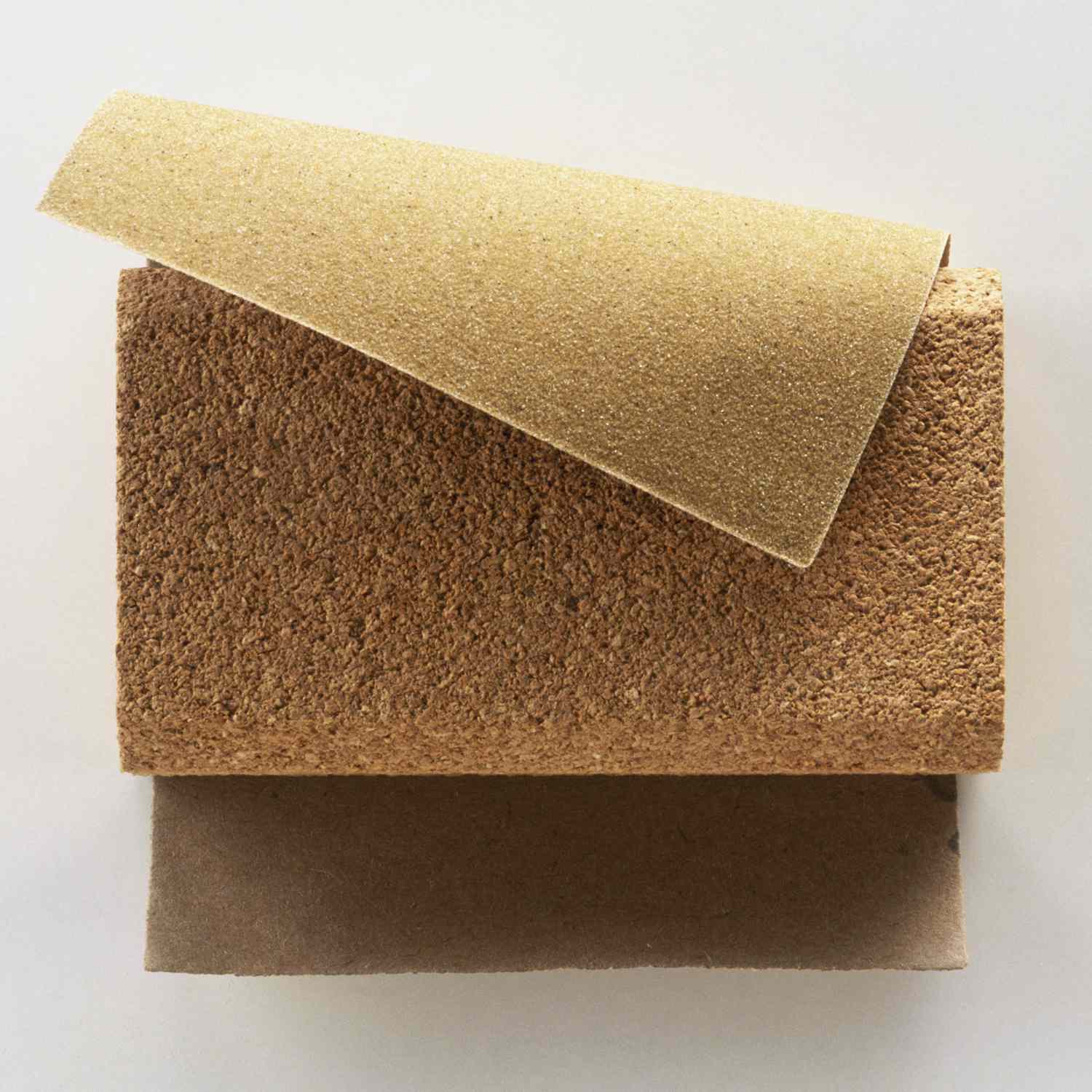

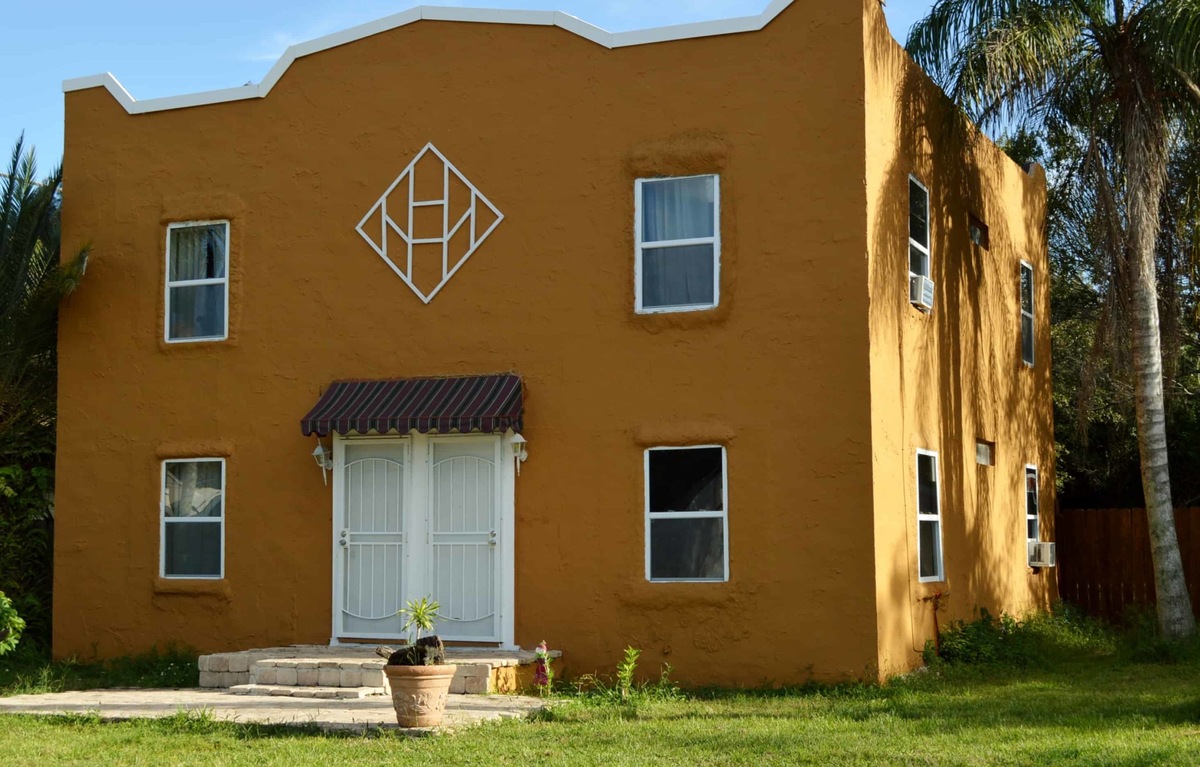

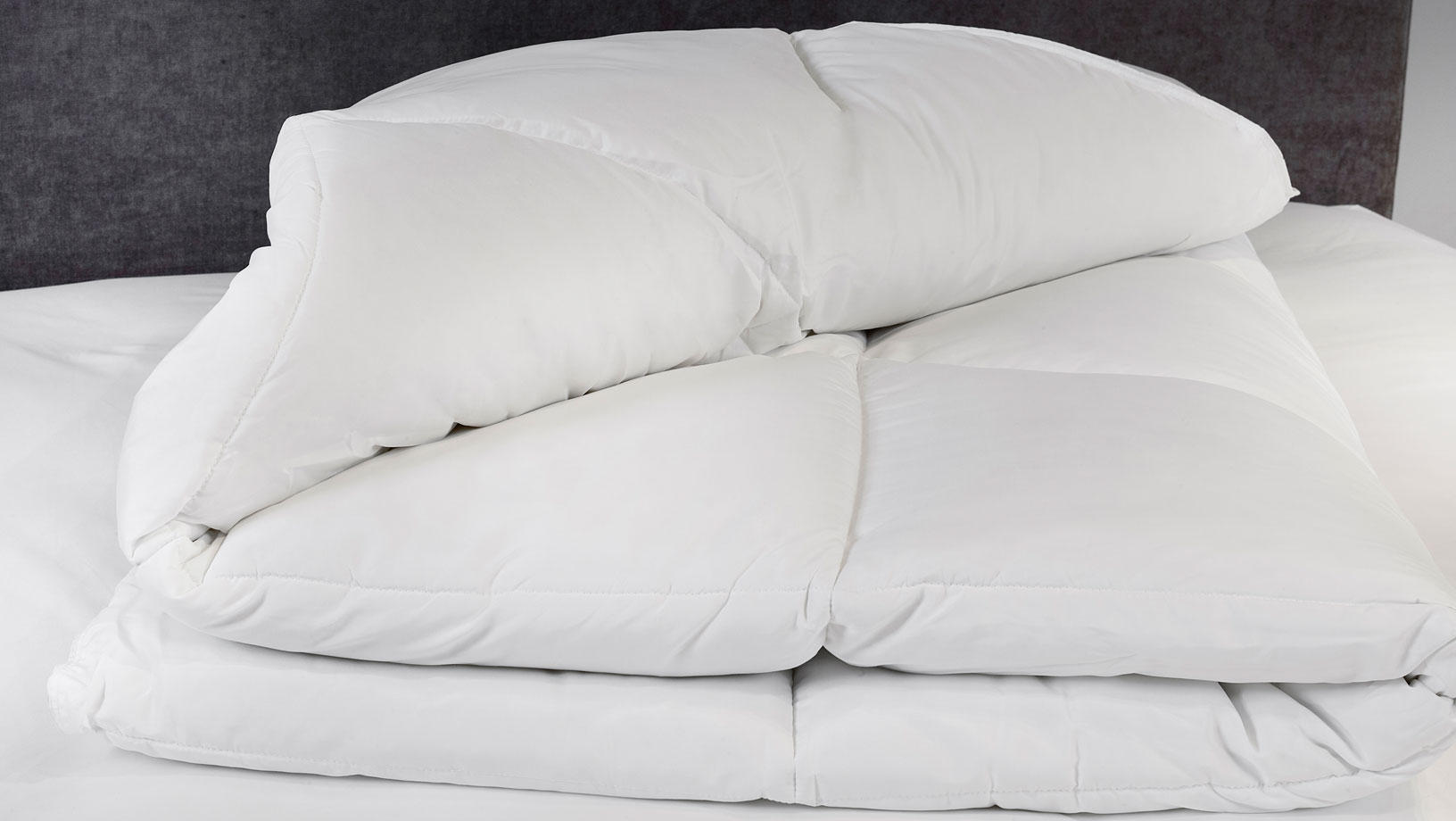

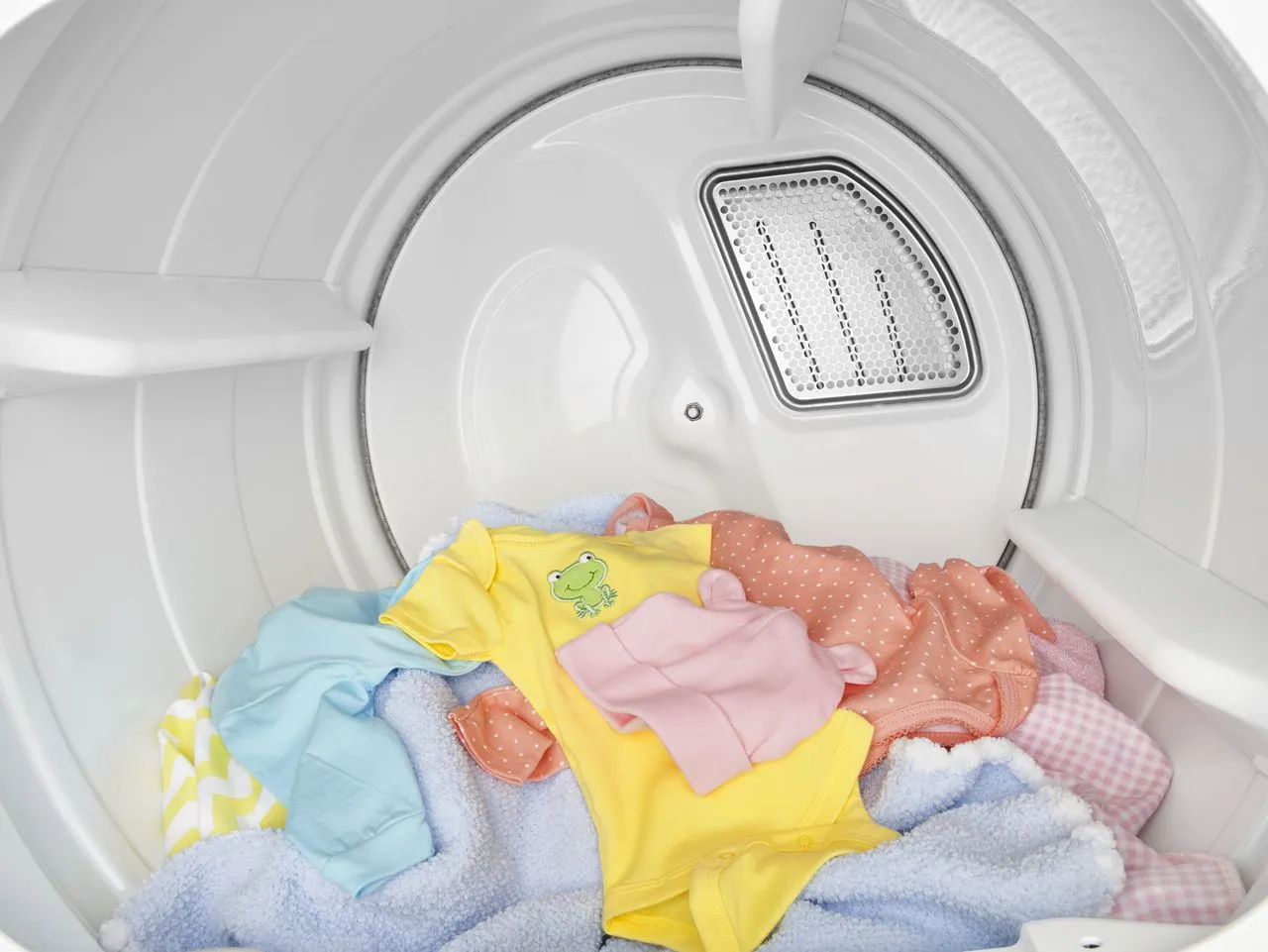

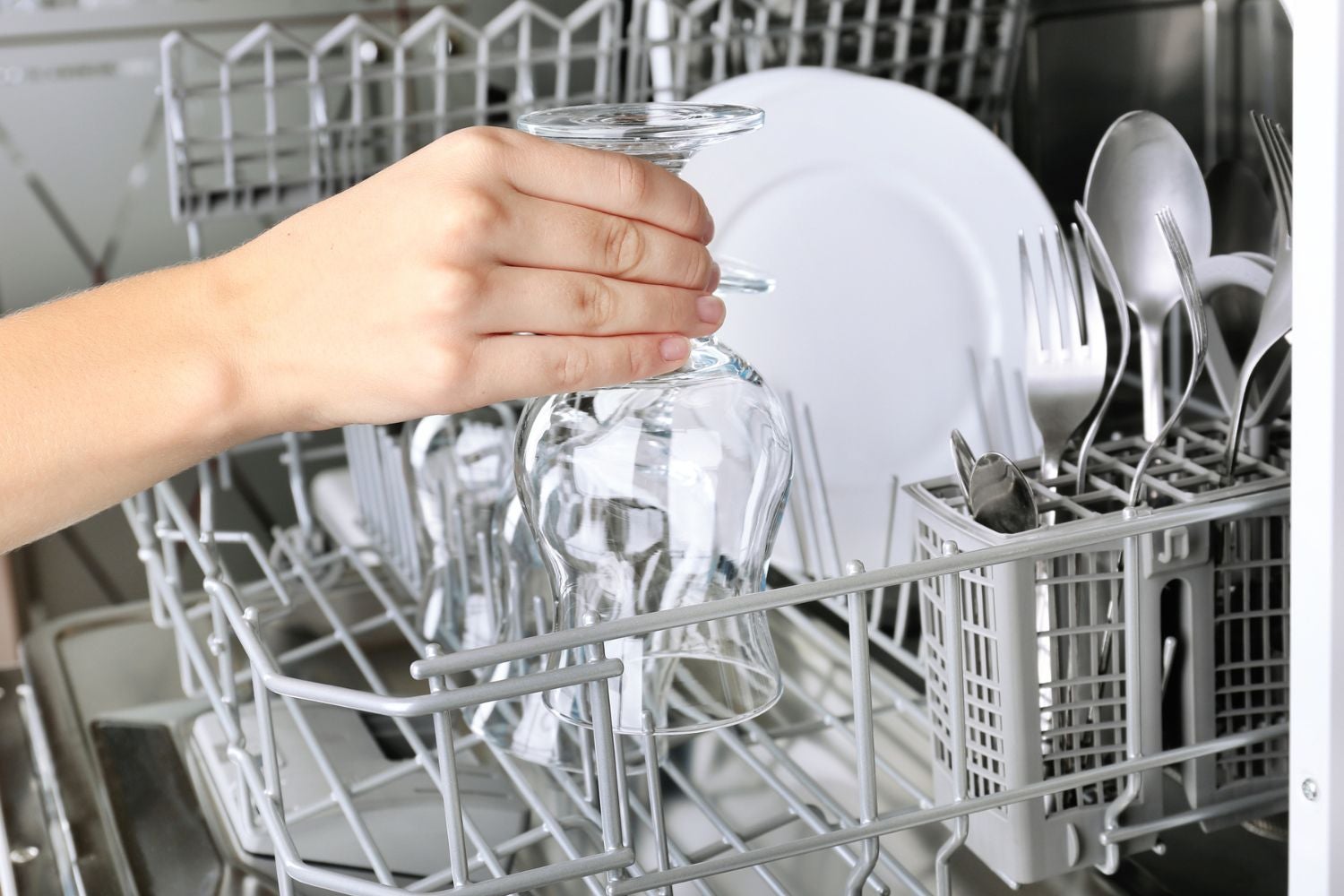

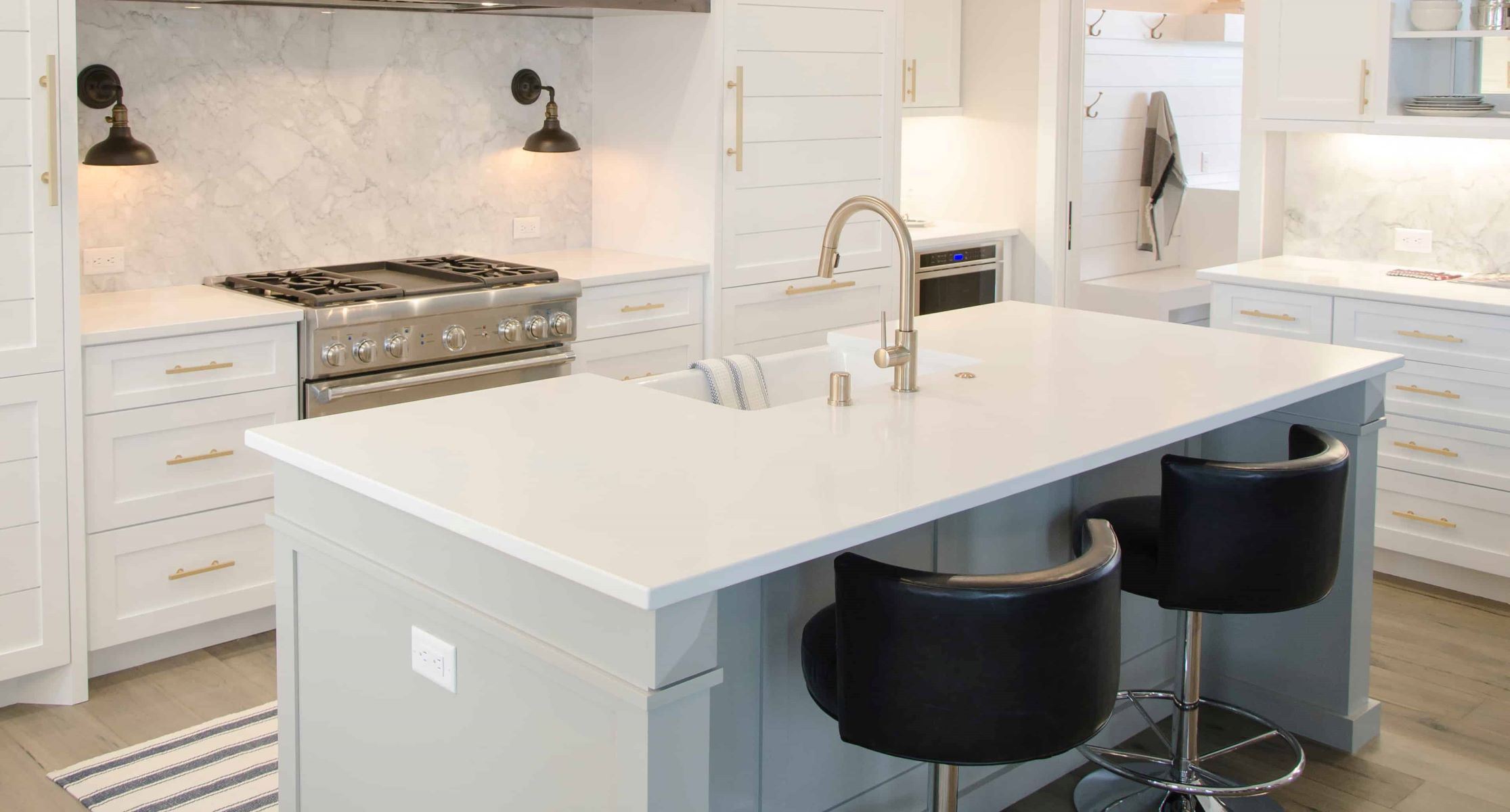
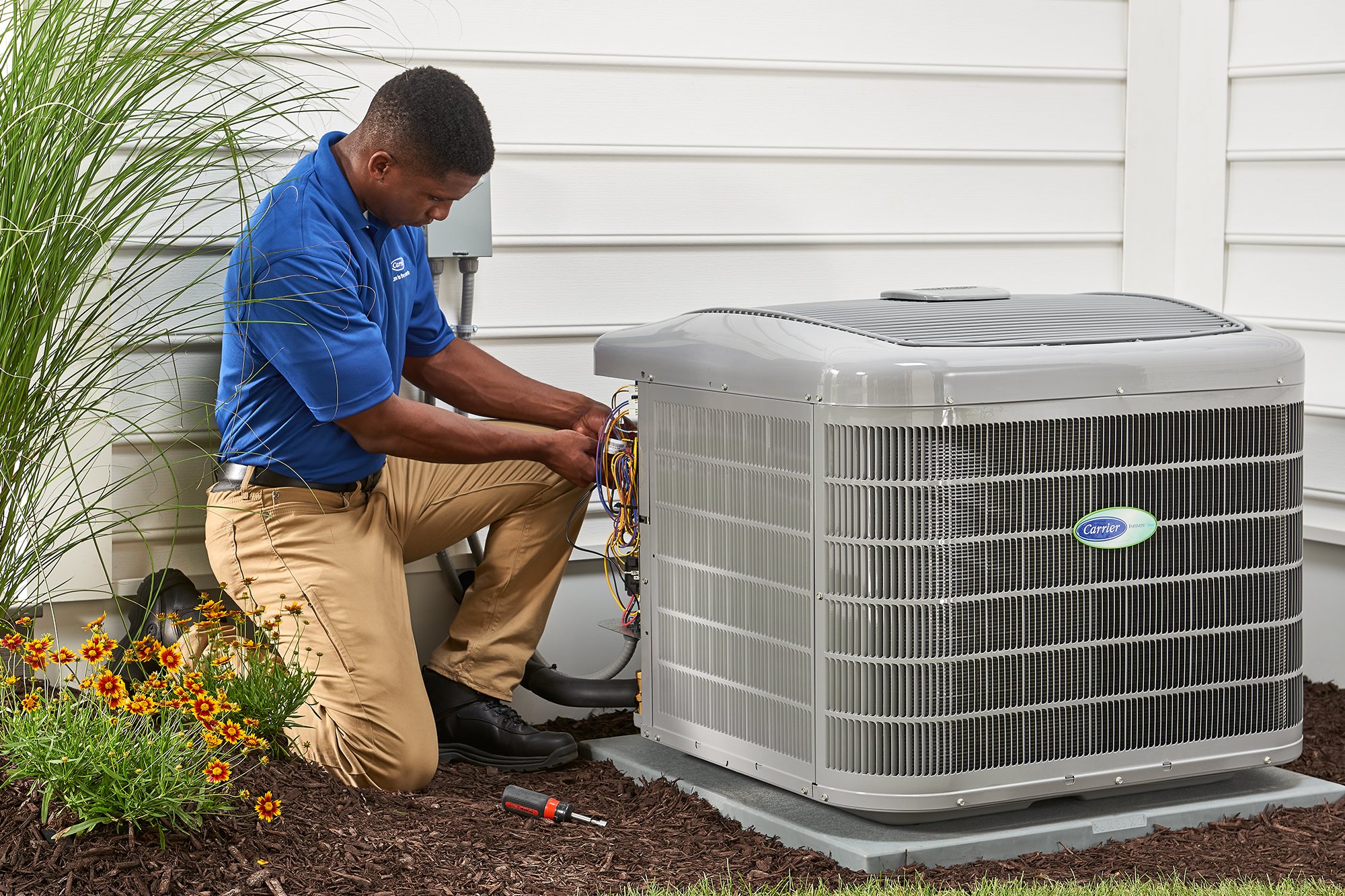
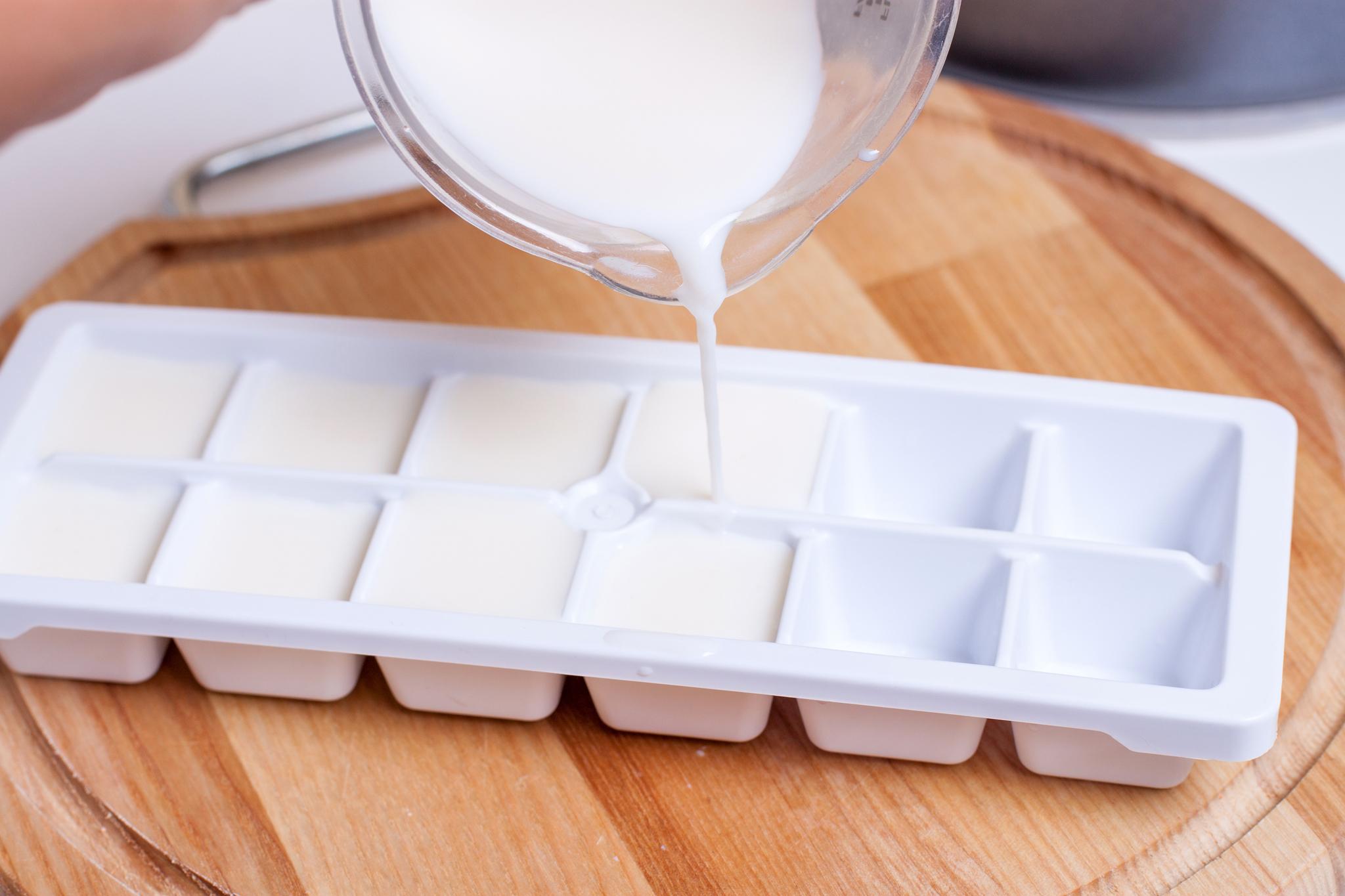

0 thoughts on “How Long Does Painted Brick Last”